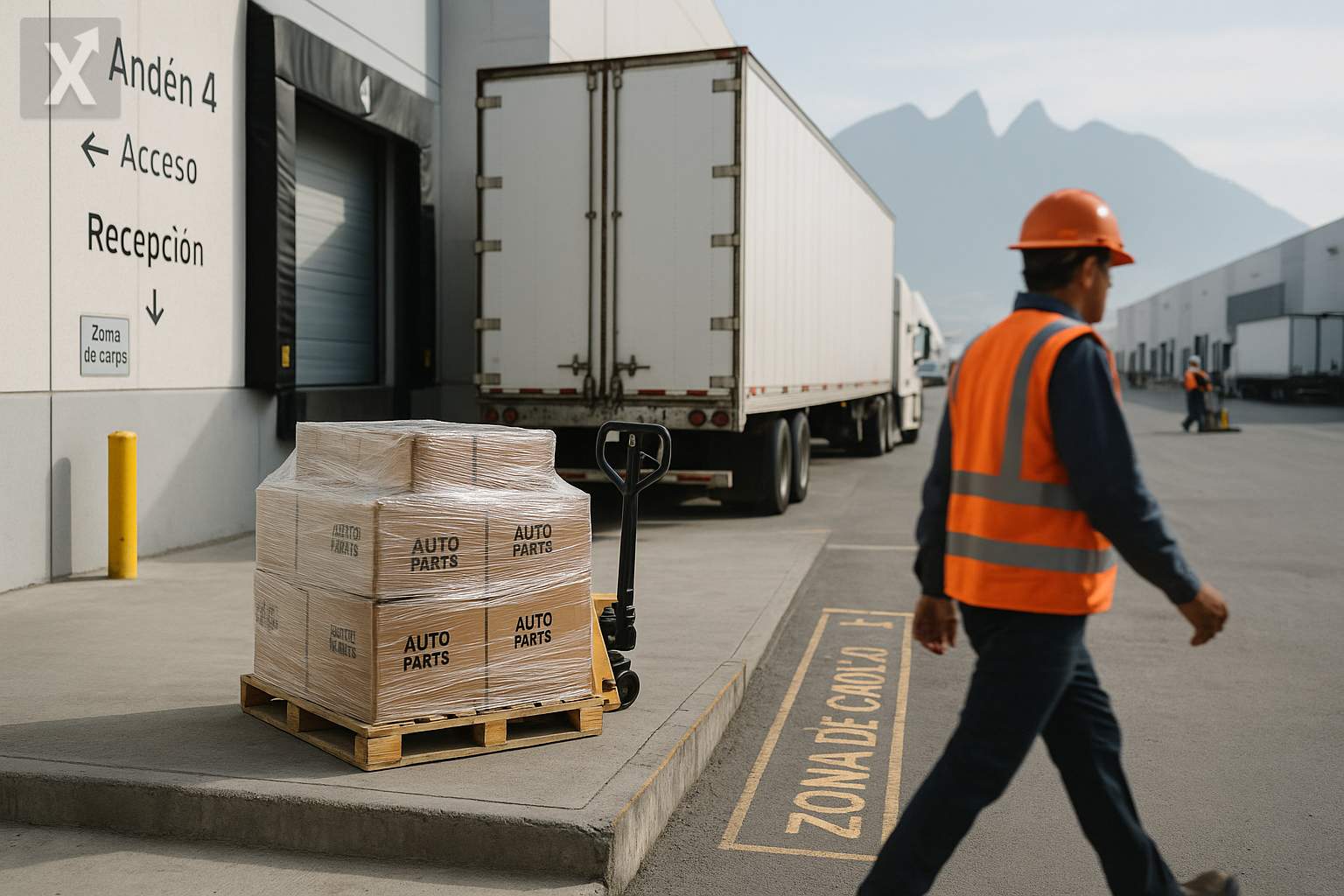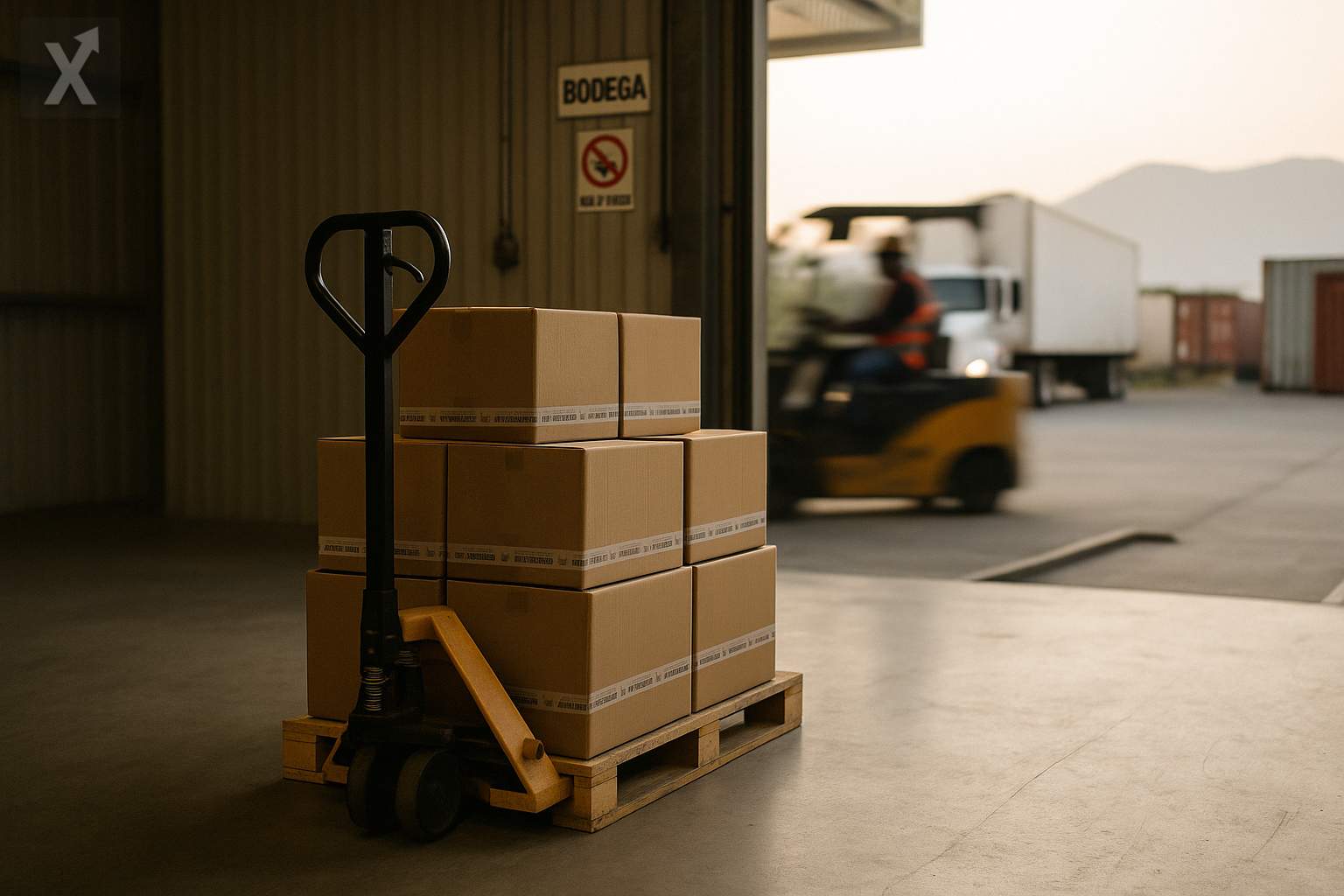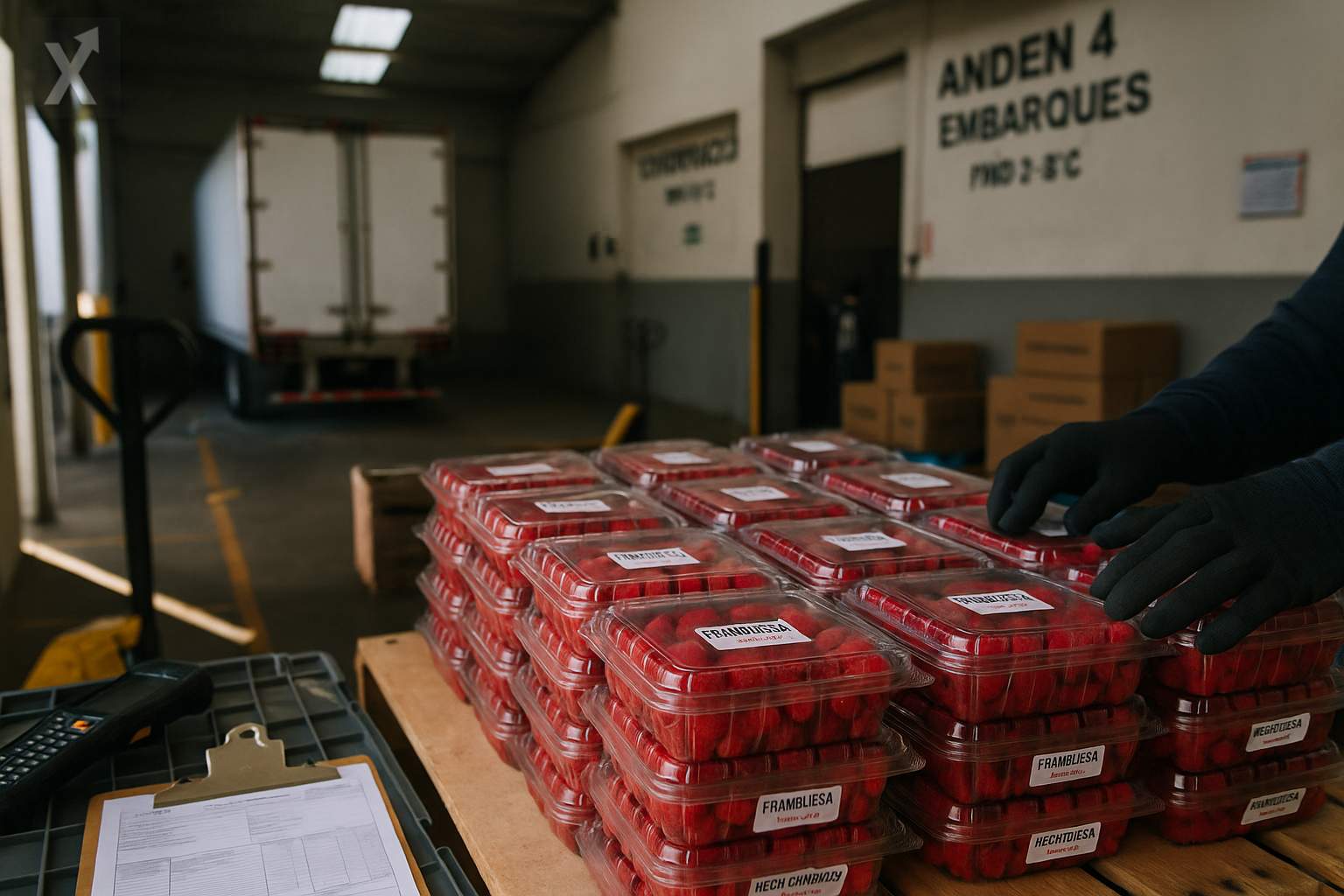Nuevo León Capitalizes on Nearshoring: Manufacturing FDI Surges and the State Accelerates Its Energy Agenda

Nuevo León is once again catching the eye of global investors. According to data from the Ministry of Economy, the state attracted $3.032 billion in foreign direct investment (FDI) during the first half of 2025—a 31.6% year-over-year increase that already surpasses the total for all of 2024 ($2.098 billion). This rebound confirms the appeal of Monterrey's industrial corridor at a time when the trend of relocating supply chains to Mexico remains strong.
Half of these inflows went to the manufacturing sector, which saw notable growth in iron and steel despite new U.S. trade measures, as well as an extra boost from the wholesale trade of trucks and auto parts—which captured over $1 billion. The region’s dynamism is rooted in a diversified industrial base—automotive, electrical and electronic equipment, and metalworking—and in logistical advantages such as proximity to Texas, high-capacity border crossings, and a well-established supplier network.
The state government reports 382 active projects, split between 192 new facilities and 190 expansions, with a combined value exceeding $75 billion. Although these investments typically materialize over several years, the size of this portfolio illustrates the depth of the state’s ongoing industrial modernization and relocation process. The low availability of industrial spaces in the metropolitan area, along with rising rents, reflects this heightened demand.
To sustain this momentum, the state administration is focusing on energy and water availability. Local announcements indicate a planned $4.2 billion investment from the COX energy group—following the acquisition of generation assets—in new wind and solar parks around Monterrey, along with water and industrial recycling projects. The government expects these initiatives to create thousands of jobs during construction and strengthen energy competitiveness. Meanwhile, at the federal level, efforts continue to expand transmission capacity and speed up renewable integration—key factors to ease the North’s electricity congestion.
On the real activity front, statistics agency INEGI reported that Nuevo León’s economy grew 4.2% in the second quarter and 2.7% for January-June 2025. Manufacturing expanded 4.6%, remaining a growth driver alongside construction and professional services. On the export side, the state led the country in registering new companies under the IMMEX program in August, tallying 737 active establishments; its share of national manufacturing employment hovers around 13%, with over 13,000 new jobs created just in August. Nationally, growth remains moderate, sustained by consumption and exports, in a context of contained inflation and still-restrictive monetary policy.
Business sentiment, however, shows mixed signals. The latest Caintra survey reported a fourth consecutive increase in new orders and stable employment, but capacity utilization fell to its lowest level since 2020, and the export and import indexes remain below the expansion threshold. For the private sector, the immediate challenge is to sustain productivity with adequate infrastructure for electricity, water, and logistics, while accelerating technology adoption and specialized talent development.
The outlook also includes external factors. The 2026 USMCA review is keeping companies attentive to rules of origin and labor compliance, while the U.S. industrial cycle will continue to set the pace for new orders. On the local front, the state is preparing projects ahead of the 2026 World Cup that could drive investment in services and urban infrastructure, though this impact would likely be limited and complementary to the manufacturing boost.
In summary, Nuevo León is solidifying its position as the epicenter of nearshoring in Mexico, with rising FDI and a robust manufacturing base. The continuation of this cycle will depend on closing gaps in energy and water supply, speeding up permits, and strengthening workforce capabilities. If these pieces fall into place, the state has room to maintain growth above the national average and continue driving the northern region forward.






